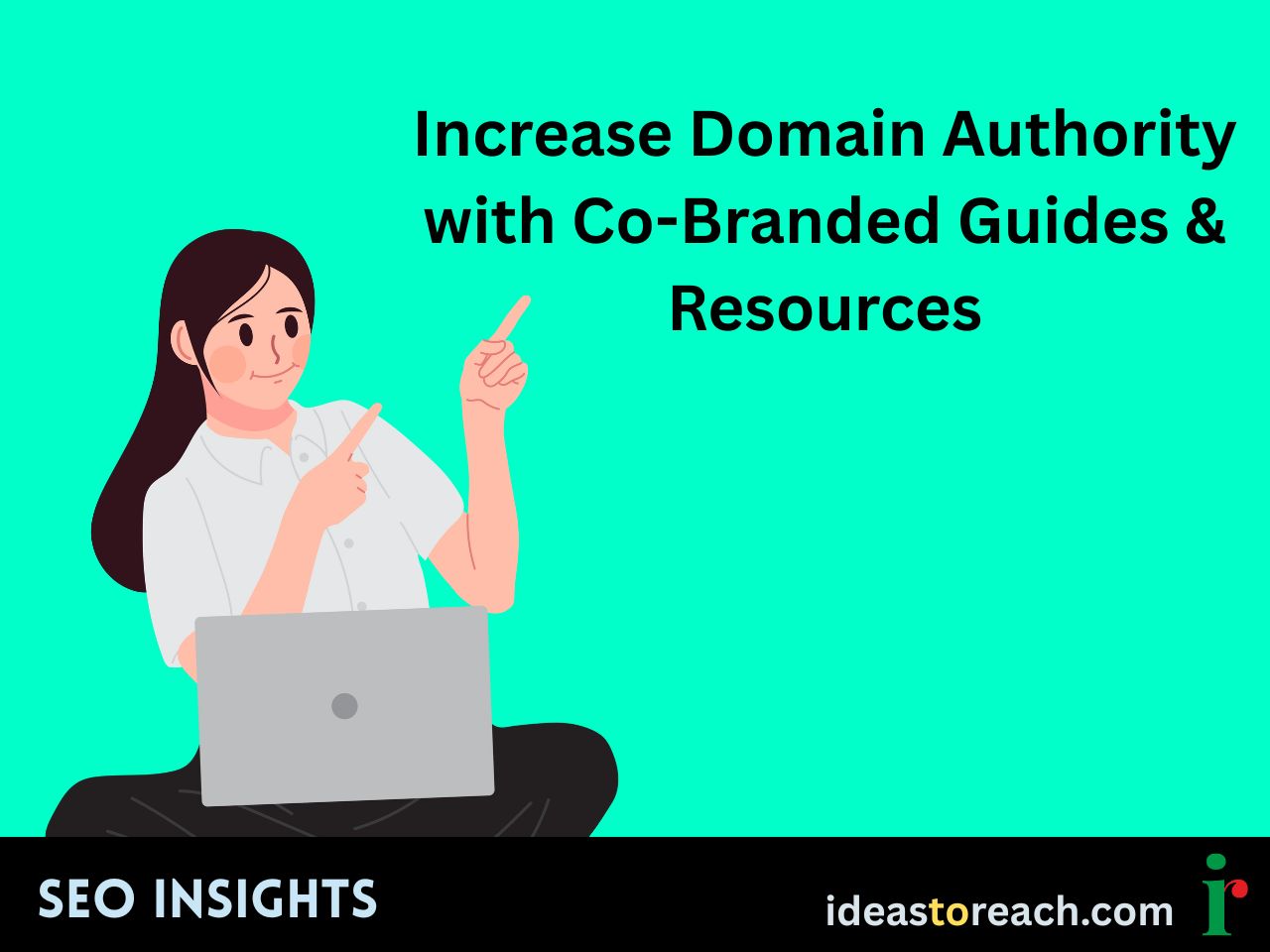
When two brands create something together, they don’t just share expertise—they also share visibility, audiences, and backlink opportunities. Co-branded guides and downloadable resources are excellent tools for increasing Domain Authority (DA), especially in B2B industries where credibility matters most.
In this fictional guide, we explore how a marketing automation company grew its DA from 42 to 61 in 11 months by launching a series of co-branded guides with industry influencers, technology partners, and complementary service providers.
Co-branded resources tend to:
This strategy aligns well with others such as Guest Blogging for DA ,Create Linkable Content, and Evergreen Content.
A fictional SaaS company, ConvertEdge, offered lead generation tools for small businesses. Their challenges:
Instead of relying on cold outreach, they launched a co-branded content initiative to build connections, trust, and links.
ConvertEdge looked for collaborators with:
Examples of early partners included:
Each co-branded asset was built around a problem both brands helped solve. Examples:
Each guide included:
Before publishing, both parties agreed to:
This mutual effort gave the guide double the visibility, and earned backlinks from both direct promotions and third-party references.
To maximize ROI from each guide, ConvertEdge:
See Internal Linking Strategy and Content Marketing to Improve DA for best practices used here.
| Month Range | Activities | Estimated DA Growth |
|---|---|---|
| Months 1–3 | Launch 2 co-branded guides + cross-sharing | 42 → 48 |
| Months 4–6 | Podcast features, guest posts, citations | 48 → 54 |
| Months 7–9 | More partners + guide repurposing | 54 → 58 |
| Months 10–11 | Compilation hub + press coverage | 58 → 61 |
Fictional but realistic growth pattern based on collaborative content and steady backlink acquisition.
Instead of asking for backlinks, ConvertEdge created value first, which made sharing and linking natural for partners.
Each guide lived on a dedicated page, with optimized headers, internal links, and schema markup—making it easy for Google to index and rank.
Collaborators felt invested, featured, and empowered—leading to blog mentions, newsletter links, and organic word-of-mouth.
Need help organizing a co-branded content strategy that actually earns backlinks and visibility? Contact Ideas to Reach or explore our SEO services for collaborative content planning.
Previous page: Success Story – Domain Authority Growth Through Authority Roundups and Recognition Lists
Next page: Success Story – Improving Domain Authority via Educational Email Courses